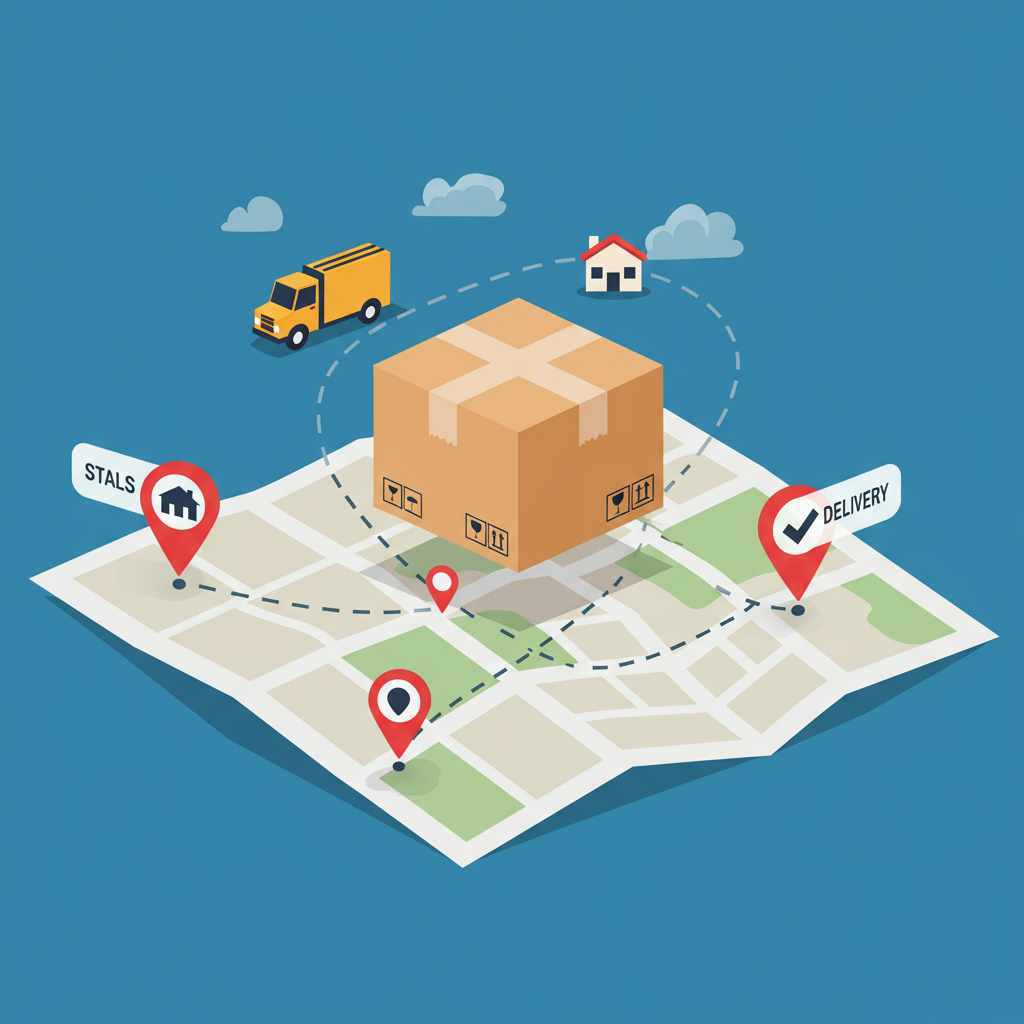Elevate Customer Experience and Streamline Operations with Seamless Tracking Integrations.
As a Shopify merchant, I know firsthand the excitement of a new order. But that excitement quickly shifts to the crucial phase of fulfillment and delivery.
Once an order leaves your warehouse, the customer’s journey isn’t over; in fact, a new, critical phase begins: waiting for their package.
This waiting period, if not managed well, can become a source of anxiety for customers and a drain on your support resources.
That’s where robust order tracking comes into play. It’s not just a nice-to-have; it’s an absolute necessity in today’s e-commerce landscape.
I’ve seen how effective order tracking can transform a good customer experience into an exceptional one, fostering trust and encouraging repeat business.
Think about it from your customer’s perspective. They’ve just spent their hard-earned money, and they want to know exactly where their purchase is at all times.
Providing clear, real-time updates on their order’s journey significantly reduces “Where Is My Order?” (WISMO) inquiries.
These WISMO queries can overwhelm your customer service team, diverting their attention from more complex issues and increasing operational costs.
Beyond reducing support tickets, proactive tracking builds immense brand loyalty. It shows your customers that you care about their experience even after the sale is made.
A transparent tracking process instills confidence, making customers feel secure and valued, which is paramount for long-term success.
Shopify does offer some basic tracking capabilities built into its platform. When you fulfill an order and add a tracking number, customers receive an email with a link.
This link typically directs them to the carrier’s website, where they can input the tracking number themselves.
While functional, this native approach often lacks the branding, detailed updates, and proactive notifications that modern customers expect.
It can feel a bit disjointed, pulling your customer away from your brand experience and onto a generic carrier page.
This is precisely why I advocate for integrating a dedicated order tracking solution with your Shopify store. It bridges the gap between basic functionality and a premium customer experience.
These third-party solutions are designed to centralize tracking information from multiple carriers, providing a unified, branded experience.
They typically offer a dedicated tracking page on your own website, keeping customers within your brand ecosystem throughout their post-purchase journey.
When evaluating a tracking solution, I always look for several key features. First, multi-carrier support is essential, especially if you ship with various logistics partners.
Real-time updates are non-negotiable. Customers expect to see the latest status, from “In Transit” to “Out for Delivery” and “Delivered.”
Branded tracking pages are a huge win. They allow you to customize the look and feel to match your store’s aesthetic, reinforcing your brand identity.
Automated notifications are another critical feature. These can be email or SMS updates triggered by specific events, like “Shipped,” “Out for Delivery,” or “Delivered.”
Some advanced solutions even offer delivery exception alerts, notifying customers (and you) if there’s a delay or issue, allowing for proactive problem-solving.
Analytics and reporting are also valuable. Understanding delivery performance, common issues, and transit times can help you optimize your shipping strategy.
Integrating one of these solutions into your Shopify store is usually straightforward. Most popular tracking apps are available directly in the Shopify App Store.
My typical process involves researching apps, reading reviews, and checking their pricing plans to find one that aligns with my business needs and budget.
Once I’ve chosen an app, the installation process is usually a few clicks. You grant the app necessary permissions to access your order data.
Next comes configuration. This often involves connecting your shipping carriers, setting up your branded tracking page, and customizing notification templates.
I always recommend thoroughly testing the integration. Place a test order, fulfill it, and ensure that tracking information flows correctly and notifications are sent as expected.
This testing phase is crucial to catch any potential issues before they impact your actual customers.
Beyond the technical setup, there are best practices I follow to maximize the benefits of order tracking.
Always communicate clearly with your customers about their tracking options. Include the tracking link prominently in your order confirmation and shipping notification emails.
Set realistic expectations regarding delivery times. While tracking provides real-time updates, external factors can still cause delays.
Leverage the data provided by your tracking solution. Identify peak delivery times, common carrier issues, or regions with frequent delays.
This data can inform decisions about carrier selection, shipping rates, and even inventory management.
Proactive customer support is another huge advantage. If you receive an alert about a delivery exception, you can reach out to the customer before they even realize there’s an issue.
This level of service turns potential frustration into an opportunity to impress and build loyalty.
Some advanced merchants might even explore using webhooks from their tracking solution to integrate delivery data into their CRM or marketing automation platforms.
This allows for highly personalized post-purchase marketing campaigns, like asking for a review shortly after delivery.
In my experience, investing in a robust order tracking integration is one of the smartest decisions a Shopify merchant can make.
It’s a relatively small investment that yields significant returns in customer satisfaction, operational efficiency, and ultimately, business growth.
It transforms the post-purchase experience from a potential pain point into a powerful brand touchpoint.
What are your thoughts on the importance of order tracking for your e-commerce business? I’d love to hear your perspective.
By providing transparency and control, you empower your customers and build a stronger, more resilient brand.
So, if you haven’t already, I strongly encourage you to explore the various order tracking solutions available for Shopify.
It’s a game-changer for both you and your valued customers.






